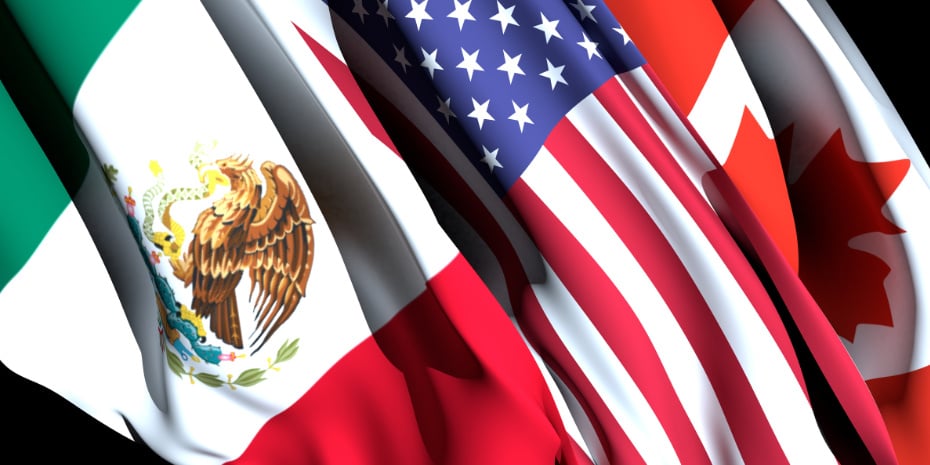The North American Free Trade Agreement (NAFTA), which took effect in 1994, was a landmark trade deal between Canada, Mexico, and the United States. It aimed to eliminate most tariffs on products traded among the three countries, with a focus on liberalizing trade in agriculture, textiles, and automobile manufacturing. NAFTA fundamentally reshaped North American economic relations, driving unprecedented integration between the developed economies of Canada and the United States and Mexico’s developing one.
However, NAFTA faced criticism in the United States for contributing to job losses and outsourcing. President Donald J. Trump referred to it as the “worst trade deal ever made” and renegotiated it as the United States-Mexico-Canada Agreement (USMCA). The USMCA, which entered into force on July 1, 2020, aimed to address some of the perceived shortcomings of NAFTA while preserving the benefits of trilateral trade.
Key Aspects of the USMCA Impacting U.S. Manufacturing
- Rules of Origin and Auto Industry: The USMCA includes stricter rules of origin for the automotive sector. It requires a higher percentage of North American content in vehicles to qualify for duty-free treatment. This provision aims to encourage more production within the region and boost U.S. manufacturing jobs.
- Labor Provisions: The USMCA includes provisions related to labor rights and working conditions. By ensuring fair wages and labor protections, it aims to level the playing field for U.S. manufacturers competing with counterparts in Mexico.
- Intellectual Property and Digital Trade: The agreement updated standards for the 21st-century digital economy and intellectual property rules. These changes are essential for innovation and benefit U.S. manufacturers by protecting their intellectual property rights.
- Market Access: The USMCA ensures duty-free exports across the three North American markets. It broadens manufacturers’ access to markets for products such as food and remanufactured goods.
- Supply Chain Reassessment: Over the next few years, U.S. industries, especially manufacturers, will likely reassess their supply chains. The USMCA’s provisions may lead to an accelerated recalibration of supply chains to optimize efficiency and competitiveness.
Positive Impact on U.S. Manufacturing
Research by the U.S. International Trade Commission (USITC) estimates that the USMCA will have a positive impact on all broad industry sectors within the U.S. economy. Manufacturing is expected to experience the largest percentage gains in output, exports, wages, and employment. Services will also benefit significantly in terms of output and employment.
In summary, the USMCA aims to position North America for global competitiveness, strengthen U.S. manufacturing, and create a more balanced trade environment. While challenges remain, the agreement represents a step forward in enhancing economic ties among the three countries and supporting American industries.
As U.S. manufacturers adapt to the new trade landscape, they must seize opportunities, innovate, and collaborate to thrive in the evolving North American market.
How the USMCA Benefits Our Customers
The USMCA benefits our customers in the USA in several ways. Firstly, it promotes fairer and more balanced trade among the three countries, which can lead to increased market access for American businesses and more choices for consumers. Additionally, the agreement includes provisions aimed at reducing non-tariff barriers and promoting digital trade, which can result in smoother and more efficient cross-border transactions for our customers. Moreover, USMCA includes stronger intellectual property protections and labor rights provisions, which can help ensure that American consumers have access to high-quality and safe products. Overall, USMCA contributes to a more predictable and transparent trading environment, which can ultimately benefit our customers in the USA by supporting economic growth and job creation.
